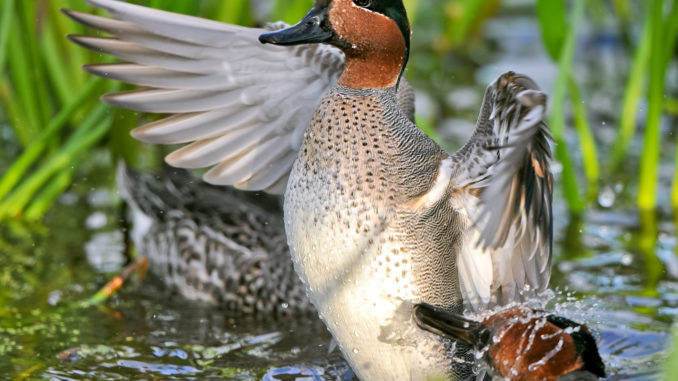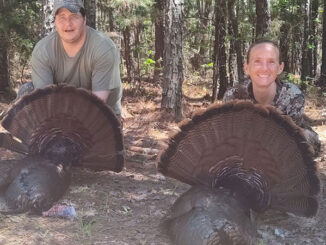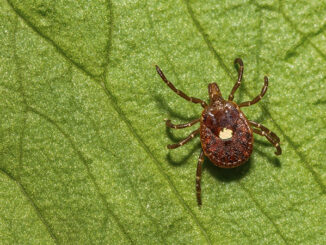
Draw hunts are South Carolina’s top WMA offerings
SCDNR’S Category I WMA waterfowl hunts are draw hunts; the application process begins around mid-September. Getting drawn for Category I hunts is usually a three-year process, so your odds of being drawn the first year are not high.
“All Category I WMA waterfowl hunts are held on premier waterfowl hunting properties,” said SCDNR biologist Alicia Farrell. “Some of the very best waterfowl hunting on the South Carolina coast occurs on these areas, and types of hunts may range from hunting in blinds to wading and hunting by standing or sitting. Success rates are usually very high.”
Among the top Category I areas are Santee Coastal Reserve and the Santee Delta WMAs. Farrell said for most of last year, they had to go to four decimal figures to determine the area with the overall best harvest rate (ducks/hunter) but things began to separate out during youth hunts at the end of the season.
“That demonstrates how productive and consistent the hunting is at all the areas when we have to get that detailed to see what area came out on top,” Farrell said.
The Bear Island WMA is an excellent and highly productive waterfowl WMA, and Farrell said this area also gives hunters a true ACE Basin waterfowl hunting experience.
For the 2017-2018 season, Category 1 waterfowl areas averaged 3.3 ducks per hunter. In all Cat I WMAs in South Carolina, green-winged teal were the most commonly harvested bird with blue-winged teal and gadwall second and third.
Category II WMAs are open to the public, but hunting may be restricted to specified days and times. Hickory Top WMA is a Cat II WMA that sees a lot of use. The most-common duck at Hickory Top is wood ducks, with a few green-winged teal thrown in. Of WMAs that track hunter harvest, Hickory Top has the highest wood duck harvest.
DUCK NOTES: “We’ll have a mixed bag of ducks at all of our WMAs, and some of what’s available at any given time depends on the time of year,” biologist Alicia Farrell said. “Early in the season, teal comprise much of the harvest. Big ducks are weather dependent and often arrive by mid-to-late season. Black and mottled ducks are very sought after on the coastal WMAs; mallards are more common in the Upstate.”





Be the first to comment